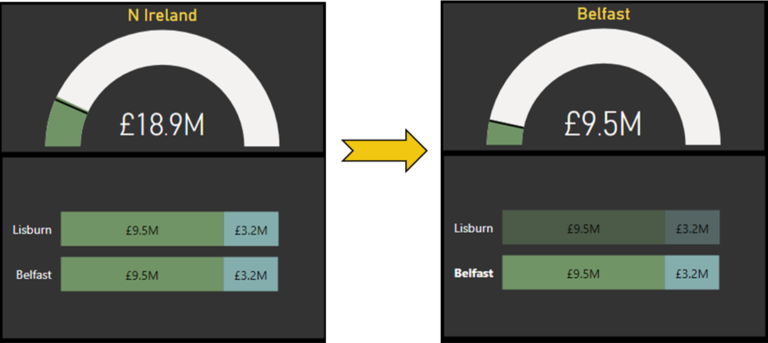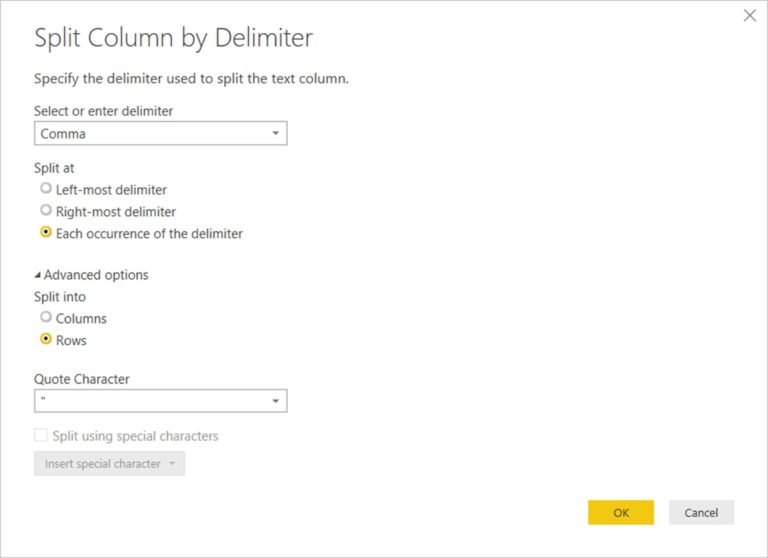SAP Business Warehouse Application Server
If you’re looking to connect Power BI to an SAP Business Warehouse Application Server data source, you’ve come to the right place. In this article, we’ll discuss how to use Power Query M Language code to establish a connection and extract data from the SAP BW application server.
Power Query is a powerful data transformation and connectivity tool that enables users to connect, transform, and load data from various sources, including SAP BW. It offers a seamless integration process between different data sources and helps users to easily transform and prepare data for analysis. The M Language is a functional language that underpins Power Query and serves as a scripting language for data transformations.
Prerequisites
Before we dive into the code, let’s first ensure that we have the necessary tools and configurations in place.
1. Install the SAP .NET Connector: The SAP .NET Connector is a software component that enables developers to integrate their .NET applications with SAP systems. You can download it from the SAP Developer Center.
2. Install Power BI Desktop: Power BI Desktop is a free and powerful data visualization tool that enables users to create interactive reports and dashboards. You can download it from the Microsoft Store.
3. Configure the SAP BW Application Server Data Source: To connect to the SAP BW application server, you’ll need to have the necessary credentials and configurations. You can obtain these from your SAP administrator.
Establishing a Connection
To establish a connection to the SAP BW application server, we’ll need to create a new connection in Power Query. Follow these steps:
1. Open Power BI Desktop and click on “Get Data” from the Home tab.
2. Select “SAP Business Warehouse” from the list of available data sources.
3. Enter the necessary details, including the application server, system number, client number, user ID, and password.
4. Click on “OK” and wait for the connection to be established.
Extracting Data
Once the connection has been established, we can extract data from the SAP BW application server using Power Query M Language code. Here’s an example:
let
Source = SAPBusinessWarehouse.Contents(“[ApplicationServer]”, “[SystemNumber]”, “[ClientNumber]”, “[User]”, “[Password]”),
Query = Source{[Cube=”[CubeName]”]}[Data]
in
Query
Let’s break down the code:
– The first line establishes a connection to the SAP BW application server using the SAPBusinessWarehouse.Contents() function. Replace the placeholders in square brackets with your own values.
– The second line extracts data from a specific cube using the Query function. Replace “[CubeName]” with the name of the cube you want to extract data from.
– The final line outputs the data as a table.
Conclusion
In summary, using Power Query M Language code to connect to and extract data from the SAP BW application server is a powerful way to streamline your data transformation and analysis processes. By following the steps outlined in this article, you should be able to establish a connection and extract data with ease.










